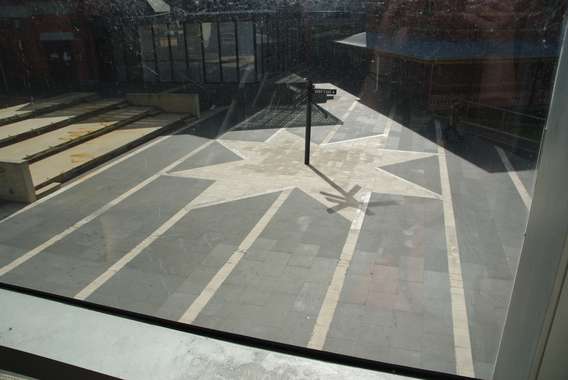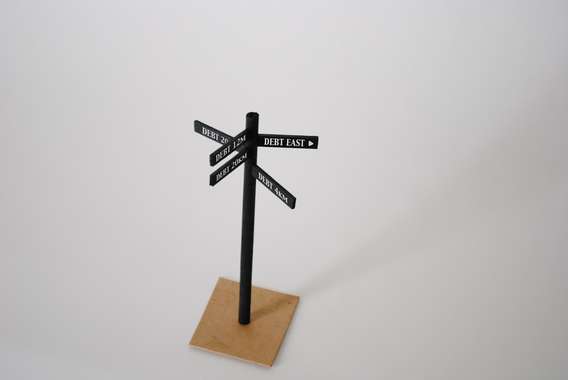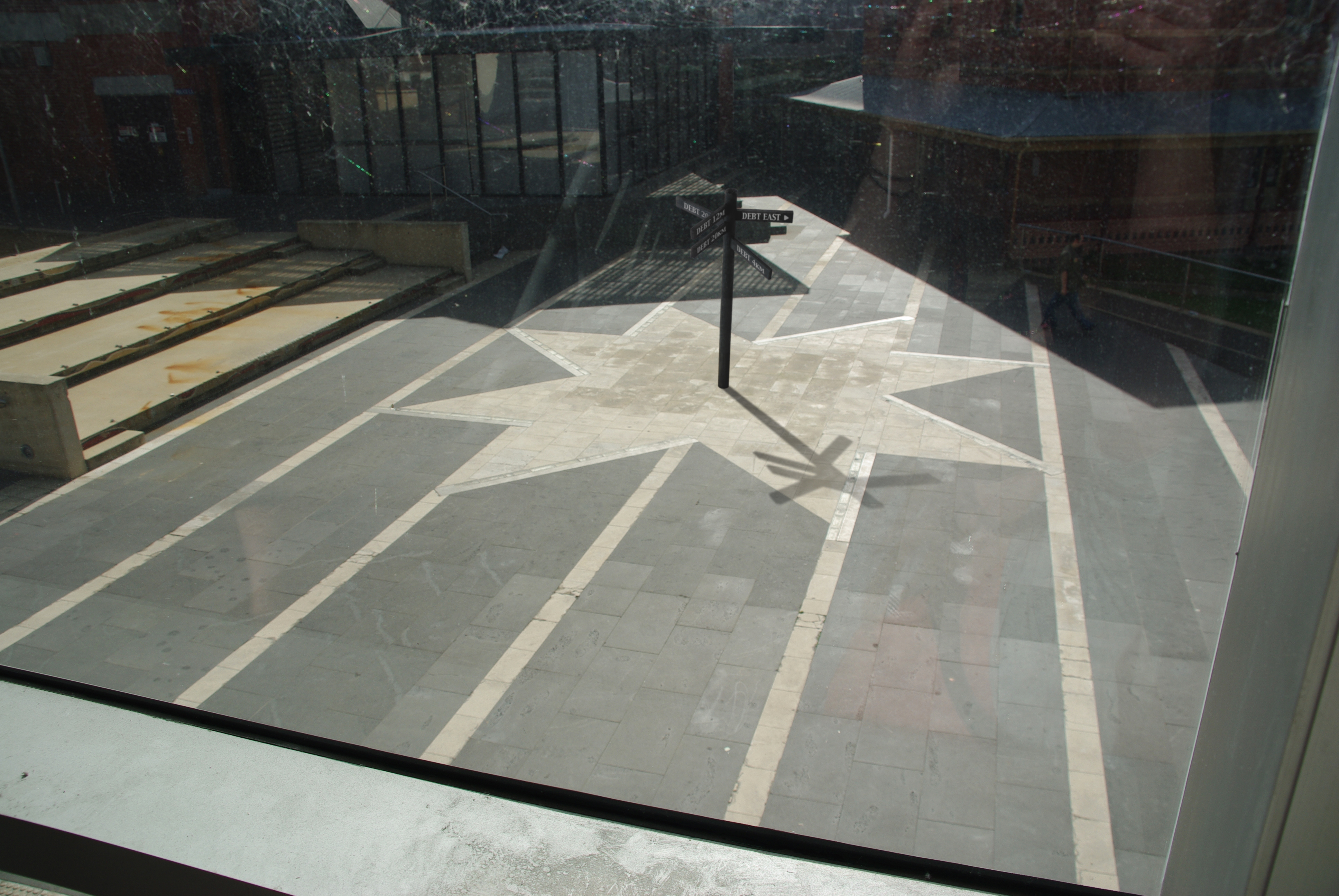The Path
by Meggo
This work has been commented by 1 curator(s). Read the comments
Title
The Path
Headline
The inevitability of Debt
Concept author(s)
Megan Sutherland
Concept author year(s) of birth
1991
Concept author(s) contribution
The overall designer
Concept author(s) Country
Australia
Friendly Competition
Competition category
Visual communication practice
Competition subcategory
static
Competition field
academic
Competition subfield
student
Subfield description
University of Ballarat / Bachelor of Visual Arts (Graphic design and multimedia)
Check out the Debt. 2012 outlines of Memefest Friendly competition.
Description of idea
Describe your idea and concept of your work in relation to the festival outlines:
My idea is a concept for a street sign, where all path lead to debt. It associated distances with inevitability; how debt will always impact the viewer's life, just a matter of when. The position of debt in their own lives will determine how they perceive it, but the point is that they do. The street sign is there to make them think about debt, bring it to the surface.
What kind of communication approach do you use?
I wanted to create something interactive, so my work shows the concept of a street sign, placed in the viewers path and forces them to contemplate the ideas and questions it poses.
What are in your opinion concrete benefits to the society because of your communication?
I think placed within society, my work provides a platform to throw questions back at the viewer. It causes them to question what debt means to them and how it effects their lives.
What did you personally learn from creating your submitted work?
I learnt there are many forms of debt, from a moral obligation to the very influential cycle of money but it all touches lives differently. I think my street sign offers a blanket over all forms of debt and not directly relating just to one single idea of what debt is.
Why is your work, GOOD communication WORK?
I think as a visual piece it will attract attention from the viewer, and as it is something seen everywhere may be taken for granted at first glance but then recognised as something different.
Where and how do you intent do implement your work?
The placement of the street sign would effect how it is perceived and will create association between the viewer and the area they are in, for example and busy street filled with stores, would evoke the guilt of shopping when there may be something else the money should be going toward.
Did your intervention had an effect on other Media. If yes, describe the effect? (Has other media reported on it- how? Were you able to change other media with your work- how?)
My idea is just a concept but would hopefully create a presence in society that would force everyone to think about how debt effects their lives.
Curators Comments
Roderick Grant
At present, this is a proposal, but one worth moving forward into operation. Given the documentation at hand, the sign-post mock-up seems to have been digitally dropped-into the photographs, lending them a flat aspect. The conceptual work though of re-assigning communication through an existing form - the street sign-post - is a sound appropriation and subversion of expectations. If the sign-post were to be conceived as a sign-system rather than as an individual event in the urban fabric, then the critique would stand as a more durable, and convincing intervention.
While there are financial realities to multiplying any proposal, the initial form and its supporting iterations need not all be built full-scale, but its a matter of fleshing-out the proposal to demonstrate its infiltration in a sequential, systematic manner throughout an urban core that will make the critique all the more essential. An orienting map, and perhaps an expected circulation between the signs, perhaps linked to particular sites in a city would also tighten the critical grip of this project.
The appropriation of the immediate content of the form - the textual message - stops short of really engaging the secondary content or purpose of the form - which is for those who engage it to change direction. A street sign-post is a simple communicative tool, providing simultaneously orientation (you are here) and direction (go that way). As such, a sign-post always, or rather at best, functions in tandem with another sign-post, and another, and another etc...
If the narrative of text(s) was combined with a more robust consideration of a system of signs, a very compelling urban intervention would result...but it must appropriate at the level of content, and expected behaviour to really engage the public.






